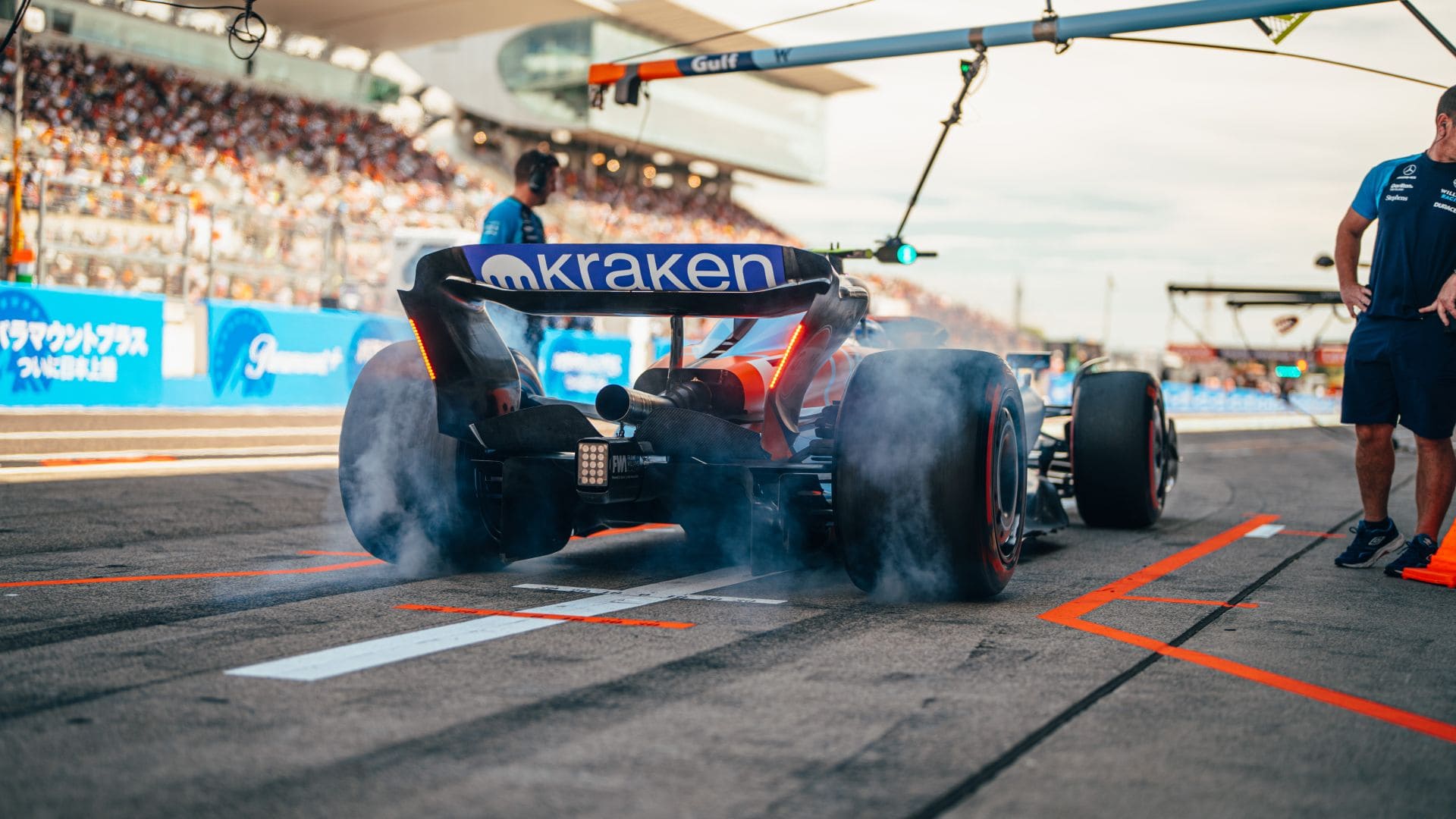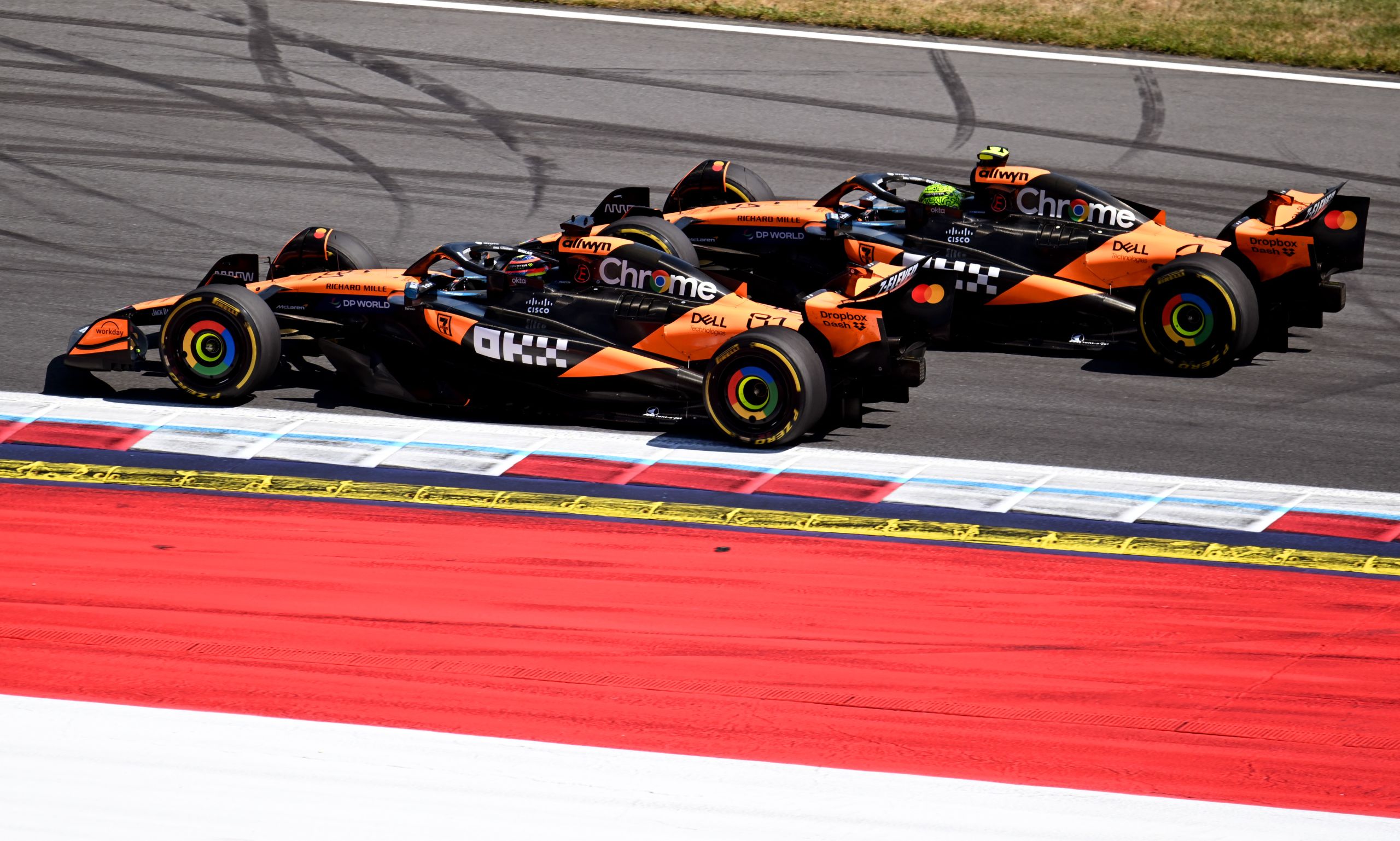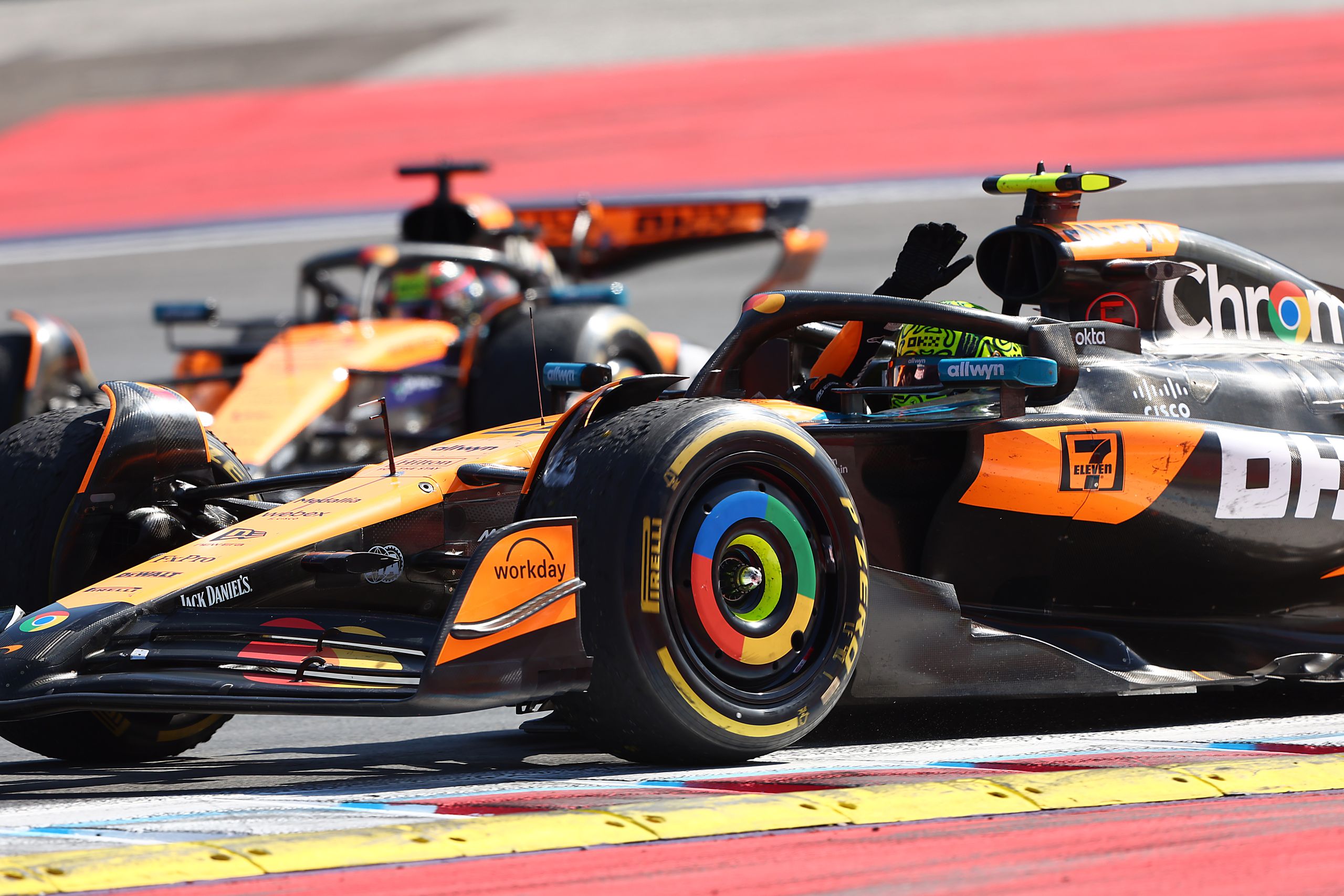Why Do F1 Cars Need Pit Stops?


Formula 1, often referred to as the pinnacle of motorsport, is a sport where every millisecond counts. The difference between victory and defeat can be as slim as a fraction of a second. In such a high-pressure environment, pit stops play a crucial role. But why do F1 cars need pit stops in the first place?
The Essence of Pit Stops
Pit stops are an integral part of a Formula 1 race. They provide teams with the opportunity to change tires, refuel (though refueling is currently not allowed in F1), and make crucial adjustments to the car. But there’s more to it than just that.
Tire Changes
Tire changes are the most common reason for a pit stop. F1 cars use specialized tires that are designed to provide maximum grip and performance. However, these tires have a limited lifespan and will begin to wear out after a certain number of laps. To maintain the best performance, F1 teams will change tires during pit stops. Different types of tires, such as soft, medium, and hard, offer varying levels of grip and longevity. Teams must strategize which tires to use and when to change them to optimize their race performance.
Adjustments and Repairs
During a race, various factors can affect the car’s performance. It could be a minor damage from a collision, changes in weather conditions, or the car’s balance being off. Pit stops allow teams to make necessary adjustments or repairs to the car, ensuring it performs at its best throughout the race.
The Strategy Behind Pit Stops
Pit stops are not just about changing tires or making repairs. They are a strategic tool that teams use to gain an advantage over their competitors.
The Undercut
One popular strategy used in F1 is the undercut. This involves pitting before your direct competitor in hopes that, with fresh tires, you can put in some fast laps and jump ahead of them once they make their pit stop.
The Overcut
The opposite of the undercut, the overcut involves staying out on track longer than your competitor, hoping that they get held up in traffic or face other issues, allowing you to jump ahead once you make your pit stop.
The Evolution of Pit Stops
Pit stops have come a long way since the early days of Formula 1. What used to take minutes now takes just a few seconds, thanks to advancements in technology and the skill of the pit crew.
Speed and Efficiency
Modern F1 pit stops are a masterclass in precision, speed, and efficiency. Teams practice tirelessly to shave off every possible millisecond. The current record for the fastest pit stop is just 1.82 seconds!
Safety Measures
Safety is paramount in F1, and pit stops are no exception. Over the years, various safety measures have been introduced to ensure the safety of both the drivers and the pit crew. This includes speed limits in the pit lane and protective gear for the crew.
The Intricacies of F1 Pit Stops
Formula 1 pit stops are a blend of precision, speed, and strategy. The pit crew, consisting of over 20 individuals, has a mere few seconds to change tires, adjust aerodynamics, and ensure the car is in optimal condition to continue the race.
The Role of the Pit Crew
Each member of the pit crew has a specific role, and their coordination is vital for a successful pit stop.
Tire Changers
These are the individuals responsible for removing the old tires and fitting the new ones. There are three tire changers per tire: one to operate the gun to remove and refit the nut, and two to remove the old tire and fit the new one.
Front and Rear Jack
Their job is to lift the car off the ground. The front jack person positions the jack at the front of the car and lifts it, while the rear jack person does the same at the back.
Wing Adjusters
These crew members make adjustments to the front wing, changing the car’s aerodynamics based on the driver’s feedback and race conditions.
The Importance of Timing
Timing is everything when it comes to pit stops. Teams must decide the optimal time for their drivers to pit, considering factors like tire wear, race strategy, and track position.
Double Stacking
This is a strategy where both cars from the same team pit on consecutive laps. It’s a risky move as the second car might lose time waiting for the first to finish, but it can also be advantageous if timed right.
Why Do F1 Cars Need Pit Stops? – Frequently Asked Questions
Why are F1 pit stops so fast?
F1 pit stops are quick due to the highly trained pit crew and advanced equipment. Every movement is optimized for speed and efficiency.
How many people are in an F1 pit crew?
An F1 pit crew typically consists of 20-25 people, each with a specific role during the pit stop.
What happens if there’s a mistake during a pit stop?
Mistakes during pit stops can be costly. A loose tire or a missed adjustment can result in penalties, or worse, endanger the safety of the driver and others on the track.





